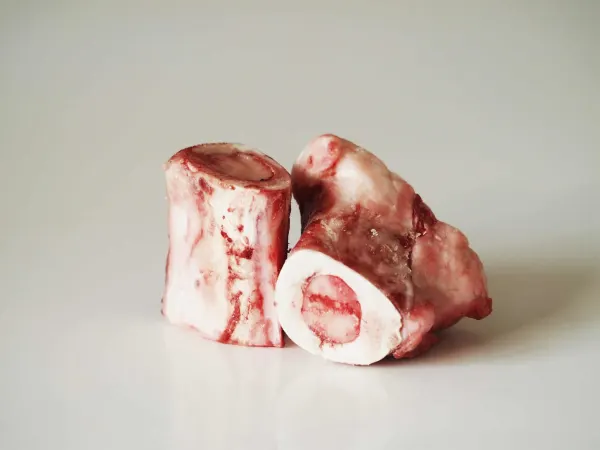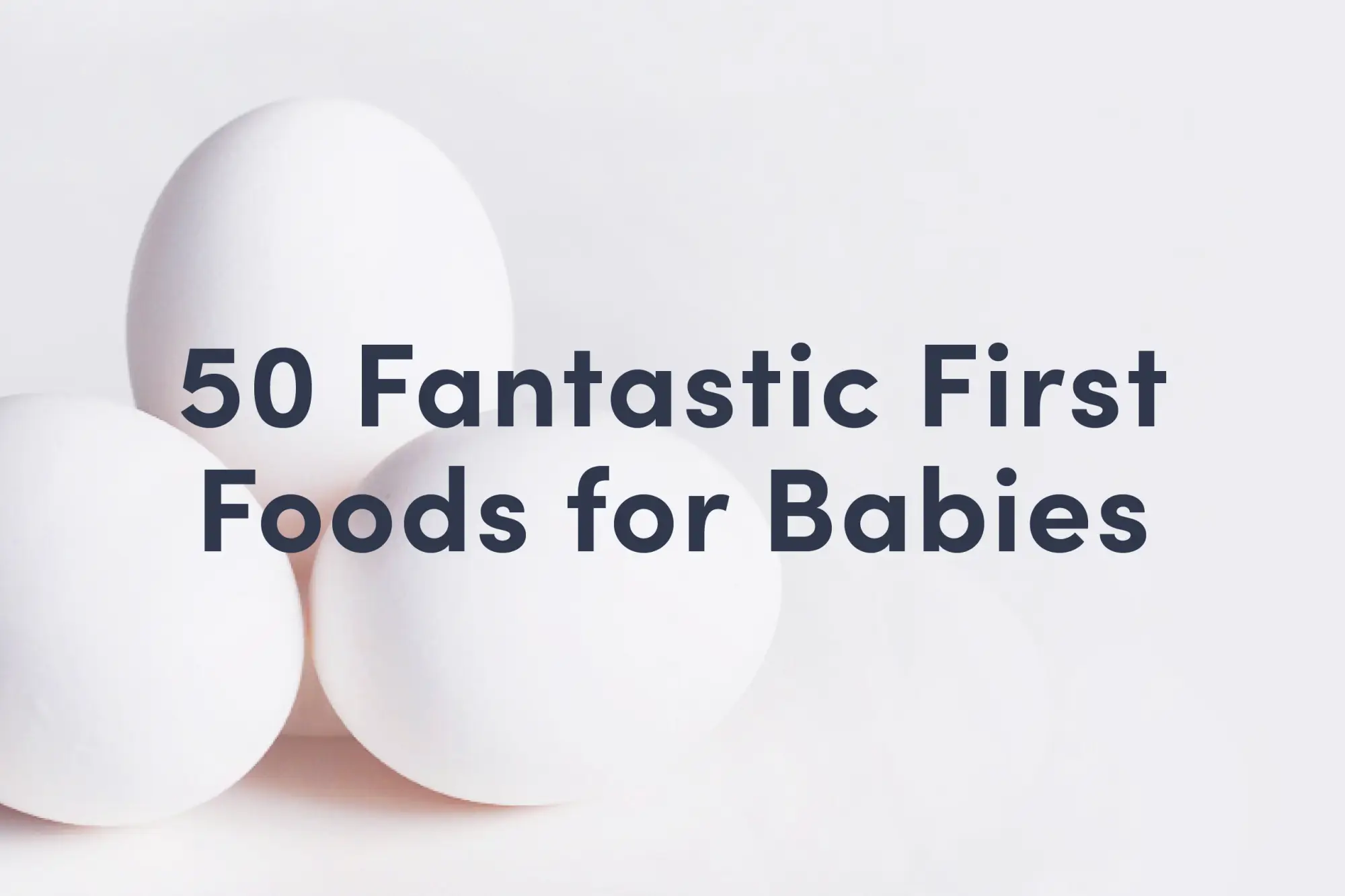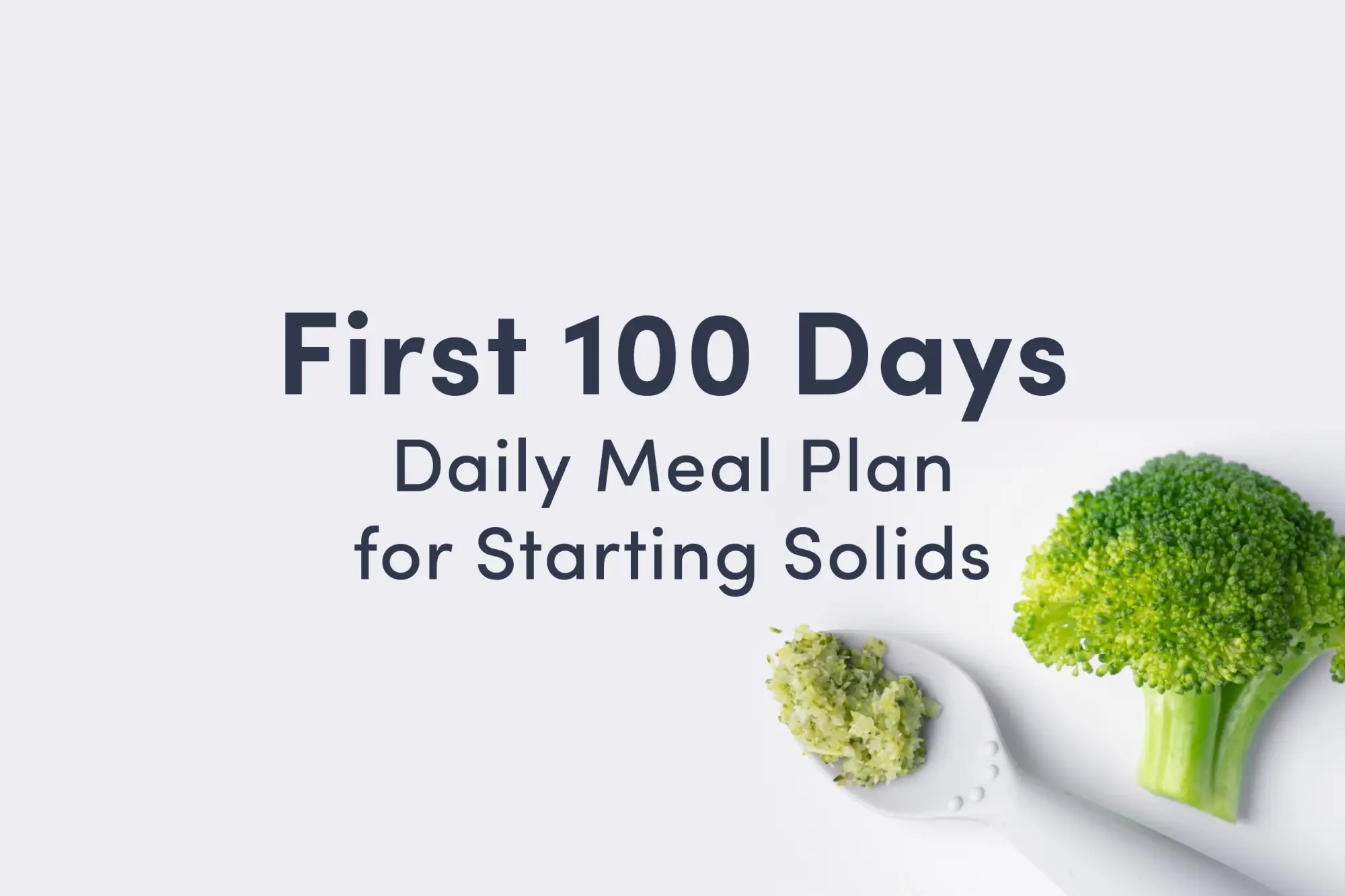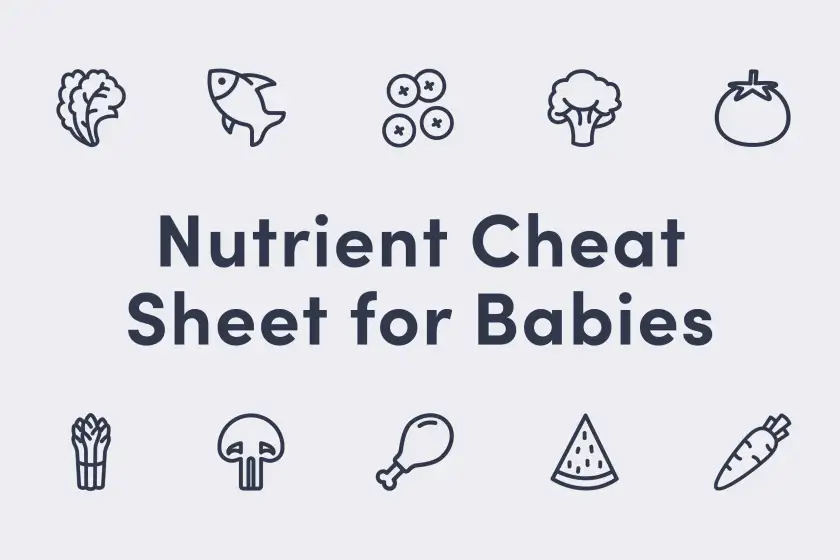Bone Marrow
Meat
Age Suggestion
6 months
Iron-Rich
Yes
Common Allergen
No

When can babies eat bone marrow?
Bone marrow may be introduced as soon as your baby is ready to start solids, which is generally around 6 months old.
What exactly is bone marrow?
Bone marrow is the jelly-like tissue in the middle of animal bones, typically a cow’s femur bones. It’s a trendy restaurant food that’s actually quite affordable (and ridiculously easy!) to prepare at home. Ask your butcher for “long, cross-cut” bones, which will make it easier for you to get the most marrow from the bone once it’s roasted.
Videos
Is bone marrow healthy for my baby?
Absolutely. Bone marrow is soft in texture and loaded with iron and healthy fats (including omega fats), both of which babies need loads of starting around 6 months old. Bone marrow is also packed with B-vitamins, antioxidant vitamins A and E, blood-healthy vitamin K, and immune-supportive minerals selenium and zinc.
Is bone marrow a common choking hazard for my baby?
It can be. When scooped from a roasted bone, the marrow contains globs of fat that need to be broken up before serving to your baby. The easiest way to do this is to blend bone marrow with an immersion blender or whip it with an electric whisk after it’s roasted and cooled.
For more information, visit our section on gagging and choking and familiarize yourself with common choking hazards.
Is bone marrow a common allergen?
Bone marrow is not a common food allergen. In theory any food can cause an allergic reaction, so watch closely while your babies are eating. Serve a small amount when introducing the food for the first few times. If your baby has no adverse reaction, slowly increase the serving size over time.
How do you prepare bone marrow for babies with baby-led weaning?
Every baby develops on their own timeline, and the suggestions on how to cut or prepare particular foods are generalizations for a broad audience.
6 to 12 months old:
Spread roasted bone marrow on bread, thin rice cakes, or baby crackers. You may also whip roasted bone marrow with breast milk or formula and/or mix into other foods, such as mashed potatoes. Don’t go crazy though: a little goes a long way!
12 to 24 months old:
Slather roasted bone marrow on bread with thick crusts, such as sourdough, and give your toddler the time to really work at chewing and tearing. Roasted bone marrow can also be spread atop roasted veggies and other foods to boost the fat content.
Add bone marrow to protein-rich foods, like smashed beans or lentils, for an added nutrient boost to the dish. Butter also makes bone marrow even more delicious!
For more information on how to cut food for babies, visit our page on Food Sizes & Shapes.
Written by
Expert Tips Delivered to Your Inbox
Sign up for weekly tips, recipes and more!
The content offered on SolidStarts.com is for informational purposes only. Solidstarts is not engaged in rendering professional advice, whether medical or otherwise, to individual users or their children or families. No content on this site, regardless of date, should ever be used as a substitute for direct medical advice from your doctor or your medical or health professional, nutritionist, or expert in pediatric feeding and eating. By accessing the content on SolidStarts.com, you acknowledge and agree that you are accepting the responsibility for your child’s health and well-being. In return for providing you with an array of content “baby-led weaning” information, you waive any claims that you or your child may have as a result of utilizing the content on SolidStarts.com.









